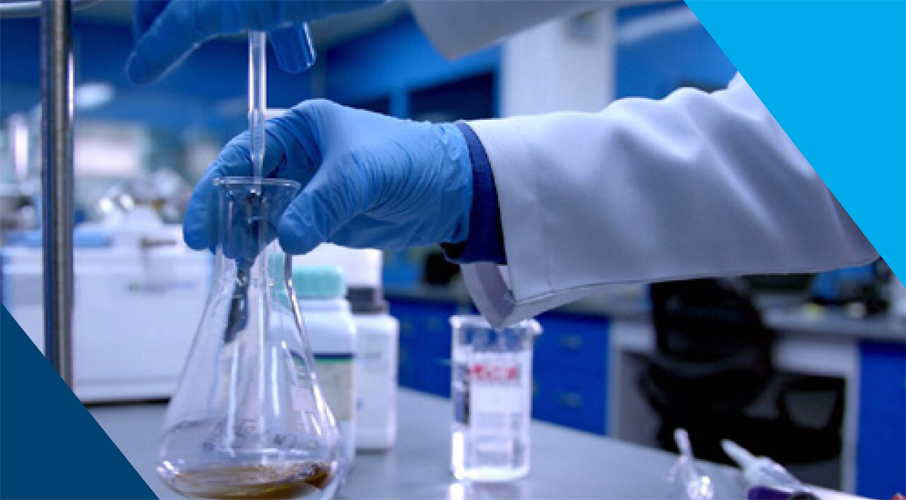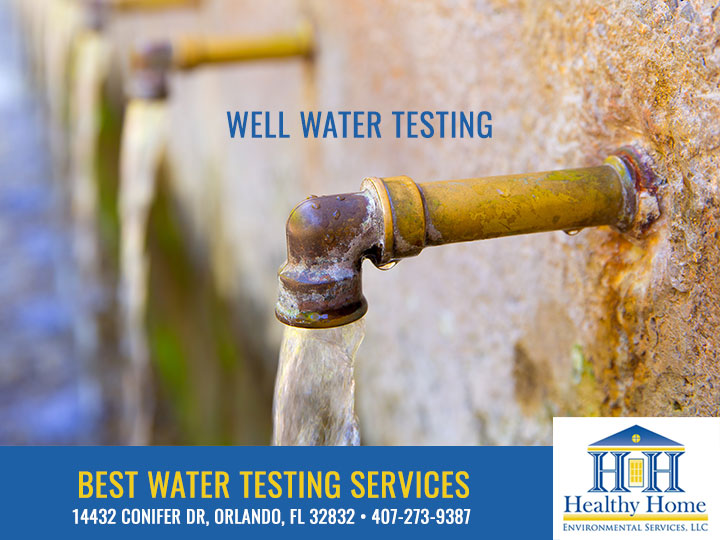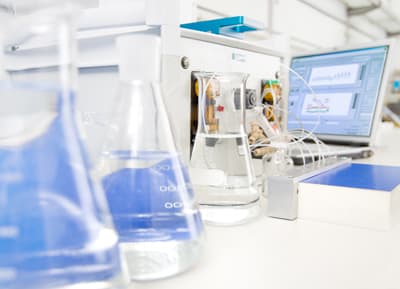Find Trusted Water Testing Services Near Me for Clean Consuming Alcohol Water
Find Trusted Water Testing Services Near Me for Clean Consuming Alcohol Water
Blog Article
Comprehend the Significance of Water Screening in Keeping Compliance With Health And Wellness Requirements
In the world of public health and wellness, understanding the relevance of water testing is indispensable for preserving compliance with rigorous health and wellness criteria established forth by authoritative bodies like the WHO and EPA. This practice acts as a frontline protection against the infiltration of dangerous pollutants, ranging from microbial pathogens to harmful chemicals. What are the precise techniques made use of in water screening, and exactly how do they make sure that our most important source continues to be uncontaminated? As we discover these elements, the more comprehensive implications for regulatory conformity and ecological sustainability start to unfold, welcoming more consideration on this critical subject.
Trick Health And Wellness Requirements for Water
Ensuring the security and quality of drinking water is paramount, as it directly influences public wellness. Stringent wellness criteria are developed to secure people from waterborne illness and contaminants that can lead to damaging health and wellness results. The Globe Wellness Organization (WHO) and national companies like the Epa (EPA) in the United States established guidelines and regulative restrictions for various physical, chemical, and biological specifications in alcohol consumption water.
These requirements are based upon comprehensive scientific research study and are periodically evaluated to incorporate brand-new findings and technical improvements. Secret criteria consist of microbial pollutants such as viruses and microorganisms, chemical toxins like lead and arsenic, and physical features such as turbidity and pH degrees. Conformity with these criteria ensures that water is free from dangerous materials and is visually pleasing to the customer.
Water testing plays an essential duty in validating compliance with these wellness criteria. Routine surveillance and testing help determine potential problems before they pose a significant wellness risk, allowing for timely treatment and remediation. By sticking to these standards, water suppliers can preserve public confidence in the security of the neighborhood's supply of water, consequently securing public health and wellness properly.
Usual Contaminants Spotted
When examining water top quality, what are one of the most widespread contaminants that often tend to be identified? Understanding the typical pollutants is essential for preserving compliance with health and wellness requirements. Microbial pathogens, including bacteria like Escherichia coli and protozoans such as Giardia and Cryptosporidium, are regularly located in water resources, posing significant wellness threats if consumed. Water Tesing Services Tampa. These virus often stem from fecal contamination because of poor wastewater treatment or drainage from agricultural locations.
Nitrates, frequently resulting from farming plant foods, can lead to significant health and wellness problems, particularly in infants. Unpredictable organic compounds (VOCs) and pesticides, results of industrial tasks and farming practices, more add to water contamination.
Inorganic compounds such as fluoride and chlorine, although often purposefully included in water for health benefits, can become troublesome at raised levels. Emerging impurities, consisting of pharmaceuticals and personal treatment products, are increasingly being spotted, increasing worries about their potential impact on human health and ecosystems. Dealing with these pollutants is vital for safeguarding public health and guaranteeing water high quality conformity.
Methods of Water Screening
Water testing's accuracy is vital for making sure and recognizing contaminants safety and security compliance. One common technique is spectrophotometry, which determines the absorption of light by chemical compounds in the water, therefore identifying components like nitrates and phosphates.
Chromatography is another advanced method made use of, particularly for organic pollutants. By separating mixtures into individual elements, it permits detailed evaluation of complicated toxins. Gas chromatography and liquid chromatography are typically utilized versions, each matched for various substance types.
Microbiological screening is essential for discovering microorganisms such as germs, infections, and protozoa. Techniques such as membrane layer filtering and multiple-tube fermentation are utilized to culture and determine microbial existence. These methods are crucial in guarding public health by making sure microbial security.

Benefits of Normal Screening
Understanding the numerous approaches of water screening highlights the requirement of routine screening techniques to maintain water high quality. Regular water testing acts as an aggressive procedure to identify possible pollutants before they escalate right into major health and wellness threats. By regularly checking water quality, organizations can find toxins such as germs, hefty metals, and chemical deposits early, enabling prompt treatments that protect against carcinogen and pricey remediation initiatives.

In addition, regular testing guarantees that water systems comply with recognized wellness standards and guidelines. This compliance is important for preventing legal charges and preserving the trust fund of customers and stakeholders. Constant water top quality assessments assist identify fads or fluctuations in water structure, supplying important information that can assist operational choices and resource administration methods.
Additionally, routine water testing fosters public confidence by showing a commitment to security and transparency. In markets such as municipal water food, supply, and medical care handling, keeping high water high quality criteria is indispensable to shielding public health. Routine screening also supports ecological sustainability by guaranteeing that water resources are taken care of responsibly. Overall, the benefits of routine water testing prolong beyond compliance, enhancing operational performance, public safety, and ecological stewardship.
Tips to Ensure Compliance
To make certain conformity with water high quality regulations, companies have to execute an organized method including both preventative and rehabilitative steps. At first, a comprehensive threat analysis must be performed to recognize possible contamination resources and vulnerabilities within the water supply. This evaluation educates the growth of a customized water home monitoring plan that describes particular checking methods, regularity, and criteria needed to fulfill regulatory requirements.
Subsequent to the planning phase, organizations ought to develop a timetable for regular water screening that sticks to both local and national standards. Making use of accredited labs ensures the precision and reliability of examination results. Any type of variances from appropriate water quality criteria must motivate immediate rehabilitative activities, such as system cleansing, repairs, or changes in therapy procedures.
Additionally, preserving thorough records of all screening tasks, results, and restorative actions is necessary for showing compliance throughout audits and examinations. Regular training and updates for team entailed in water monitoring procedures are important to guarantee they know current policies and ideal practices.
Conclusion
Normal water testing is essential for preserving compliance with health standards established by companies such as WHO and EPA. By identifying pollutants like microbial microorganisms, hefty metals, and chemicals, testing makes sure that drinking water remains secure. Proactive tracking shields public health and wellness, supports regulative compliance, and fosters self-confidence in water quality monitoring. In addition, regular testing advertises environmental sustainability and safeguards areas, preserving important water sources for future generations. Compliance with these standards is essential for the well-being of culture.
In the world of public health and wellness, understanding the importance of water testing is indispensable for maintaining conformity with rigid wellness requirements set forth by reliable bodies like the That and EPA. By adhering to these standards, water providers can keep public self-confidence in the security of the community's water supply, consequently protecting public health and wellness effectively.

In industries such as municipal water supply, health care, and food processing, preserving high water top quality standards is important to have a peek at this site safeguarding public wellness.
Report this page